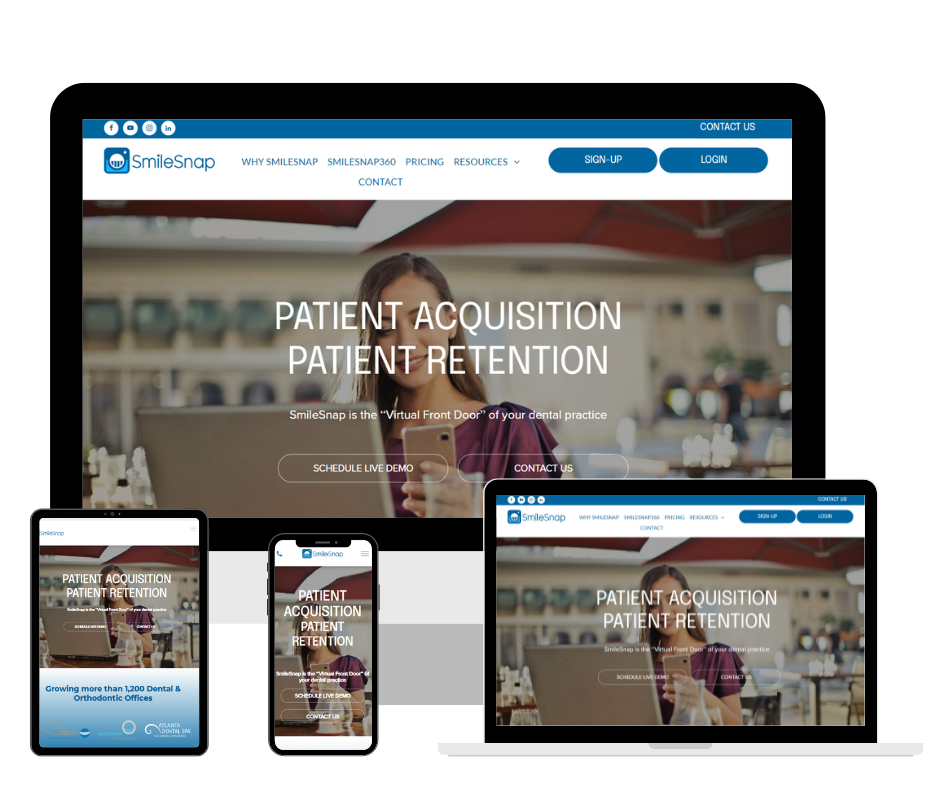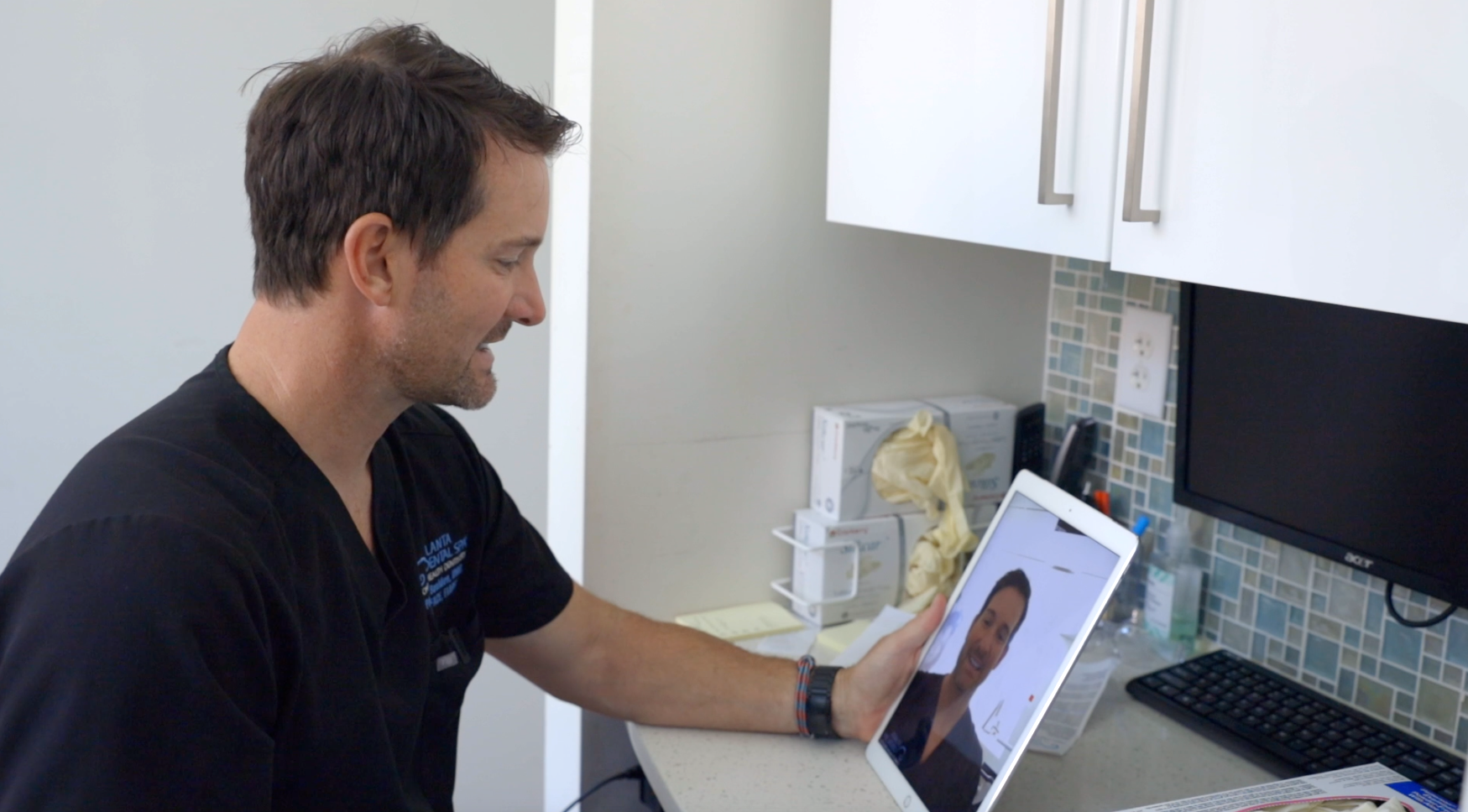SmileSnap vs. Traditional Consultations: Which One Wins?
Kenner Medina • February 24, 2025

In today's fast-paced world, technology has revolutionized the way we do things, including how we seek medical advice. With the rise of virtual consultations, the age-old debate of SmileSnap vs. Traditional Consultations has become more relevant than ever. But which one truly wins in the battle for patient satisfaction and convenience?
Introduction: Comparing virtual and in-person consultations
Virtual dental consultations
have become increasingly popular in recent years, offering patients the convenience of seeking medical advice from the comfort of their own homes. SmileSnap, a leading virtual consultation platform, has been at the forefront of this trend, providing patients with the opportunity to connect with healthcare professionals through video calls and chat services. But how does it compare to traditional, in-person consultations?
SmileSnap features that mimic in-person consultations
One of the key features of SmileSnap is its ability to mimic the experience of an in-person consultation. Through high-quality video calls and interactive chat services, patients can communicate effectively with healthcare professionals, just as they would in a traditional setting. This seamless integration of technology and healthcare has made SmileSnap a popular choice for those looking for a convenient and efficient way to seek medical advice.
Cost-effectiveness of SmileSnap compared to traditional setups
In addition to its convenience, SmileSnap is also cost-effective compared to traditional consultations. With no need to travel to a healthcare facility or take time off work, patients can save money on transportation and other expenses associated with in-person visits. This affordability has made SmileSnap an attractive option for those looking to save time and money while still receiving quality healthcare.
Patient preference: The convenience of virtual options
Perhaps the biggest advantage of SmileSnap is the convenience it offers to patients. With the ability to schedule appointments at any time and from any location, patients no longer have to worry about long wait times or scheduling conflicts. This flexibility has made virtual consultations a preferred option for many, especially those with busy schedules or mobility issues.
Conclusion: Integrating both for maximum impact
While SmileSnap offers many advantages over traditional consultations, it is important to recognize the value of in-person interactions as well. By integrating both virtual and in-person options, healthcare professionals can provide patients with a comprehensive and personalized healthcare experience. Ultimately, the choice between SmileSnap and Traditional Consultations comes down to individual preferences and needs. Whether seeking convenience or a more personal touch, patients can rest assured that both options have their own unique benefits.
Sign Up for SmileSnap Today!
Register for Smilesnap Now!

One of the biggest mistakes practices make is relying on just one communication channel. Prospects differ—some prefer texting, others email, some want a quick video message. SmileSnap supports multiple channels, so you can reach leads where they’re most comfortable. When a new lead is captured, you can trigger a mix of messages—SMS, email, video — to reinforce engagement. For instance, if someone doesn’t respond to an email, the system can send an SMS reminder. You can also use video replies to add a human touch and build rapport instantly. Because responsiveness matters so much, this flexibility often increases reply rates and helps move leads toward booking. By logging all communications, your team always has context and avoids duplication. You eliminate “dead ends” where a prospect falls through because you used only one method. The result is a more connected, patient-friendly experience—and higher conversion rates .

The hardest step is turning a lead into a booked patient. SmileSnap’s tools are built to make that path as frictionless as possible. After capturing and prequalifying a lead, your team can send tailored content to build confidence and reduce hesitation. Whether it’s FAQs, treatment previews, or personalized videos, you control the nurture flow. You can also integrate scheduling so that once a prospect is ready, they can book directly, avoiding back-and-forth phone calls. Smart reminders and gentle nudges help reduce drop-offs. Because many practices using SmileSnap report conversion rates above 90%, the data shows this approach works. The conversion process becomes more scalable: rather than trying to manually manage every lead, the system does much of the heavy lifting. With analytics available, you can see which messages, timing, or lead sources convert best—and double down on what works. SmileSnap helps you convert more leads into patients with less manual effort.
